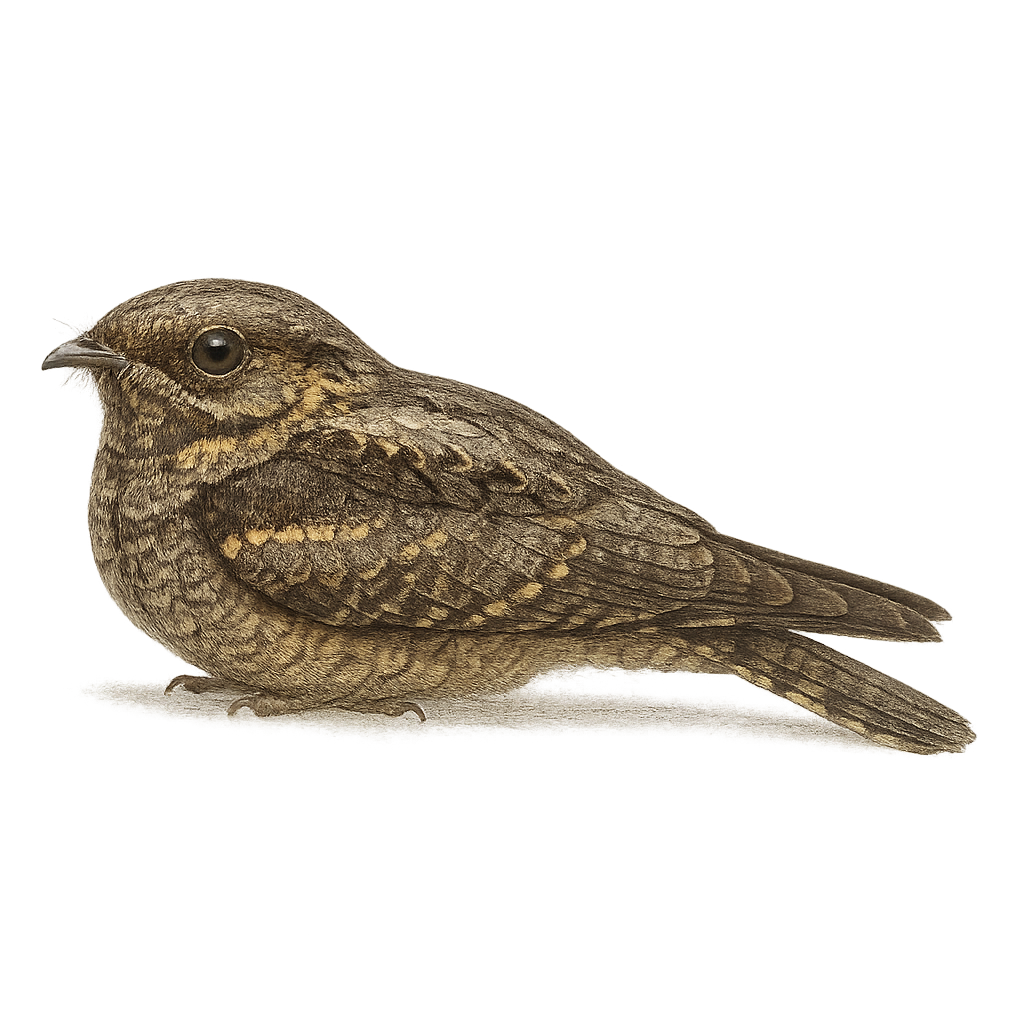Your wildlife photography guide.
Explore the indian nightjar in detail, study its behavior, prepare your shots.
Where to observe and photograph the indian nightjar in the wild
Learn where and when to spot the indian nightjar in the wild, how to identify the species based on distinctive features, and what natural environments it inhabits. The WildlifePhotographer app offers tailored photography tips that reflect the indian nightjar’s behavior, helping you capture better wildlife images. Explore the full species profile for key information including description, habitat, active periods, and approach techniques.
Indian Nightjar
Scientific name: Caprimulgus indicus

IUCN Status: Least Concern
Family: CAPRIMULGIDAE
Group: Birds
Sensitivity to human approach: Suspicious
Minimum approach distance: 10 m
Courtship display: March to June
Incubation: 16-18 jours
Hatchings: March to July
Habitat:
Open forests, clearings, shrublands
Activity period :
Mainly active at night, generally discreet during the day.
Identification and description:
The Indian Nightjar is a fascinating bird, primarily nocturnal, known for its cryptic plumage that allows it to blend seamlessly into its surroundings. It is often seen in open forests, clearings, and shrublands. Its song, a soft and repetitive trill, often resonates at dusk and dawn. This bird primarily feeds on insects, which it catches in flight with its wide beak and sensitive bristles. Although discreet, it plays a crucial role in ecosystem balance by regulating insect populations. Its breeding season varies by region, but it is generally monogamous and lays eggs directly on the ground without building a nest.
Recommended lens:
400 mm – adjust based on distance, desired framing (portrait or habitat), and approach conditions.
Photography tips:
To photograph the Indian Nightjar, it is advisable to use a telephoto lens of 400 mm or more to capture detailed images without disturbing the bird. Opt for twilight or dawn hours when the bird is most active. Use a tripod to stabilize your camera in low-light conditions. Be patient and discreet, as this bird is suspicious. Allow the bird to get used to your presence before taking photos.
The WildlifePhotographer App is coming soon!
Be the first to explore the best nature spots, track rutting seasons, log your observations, and observe more wildlife.
Already 1 432 wildlife lovers subscribed worldwide

